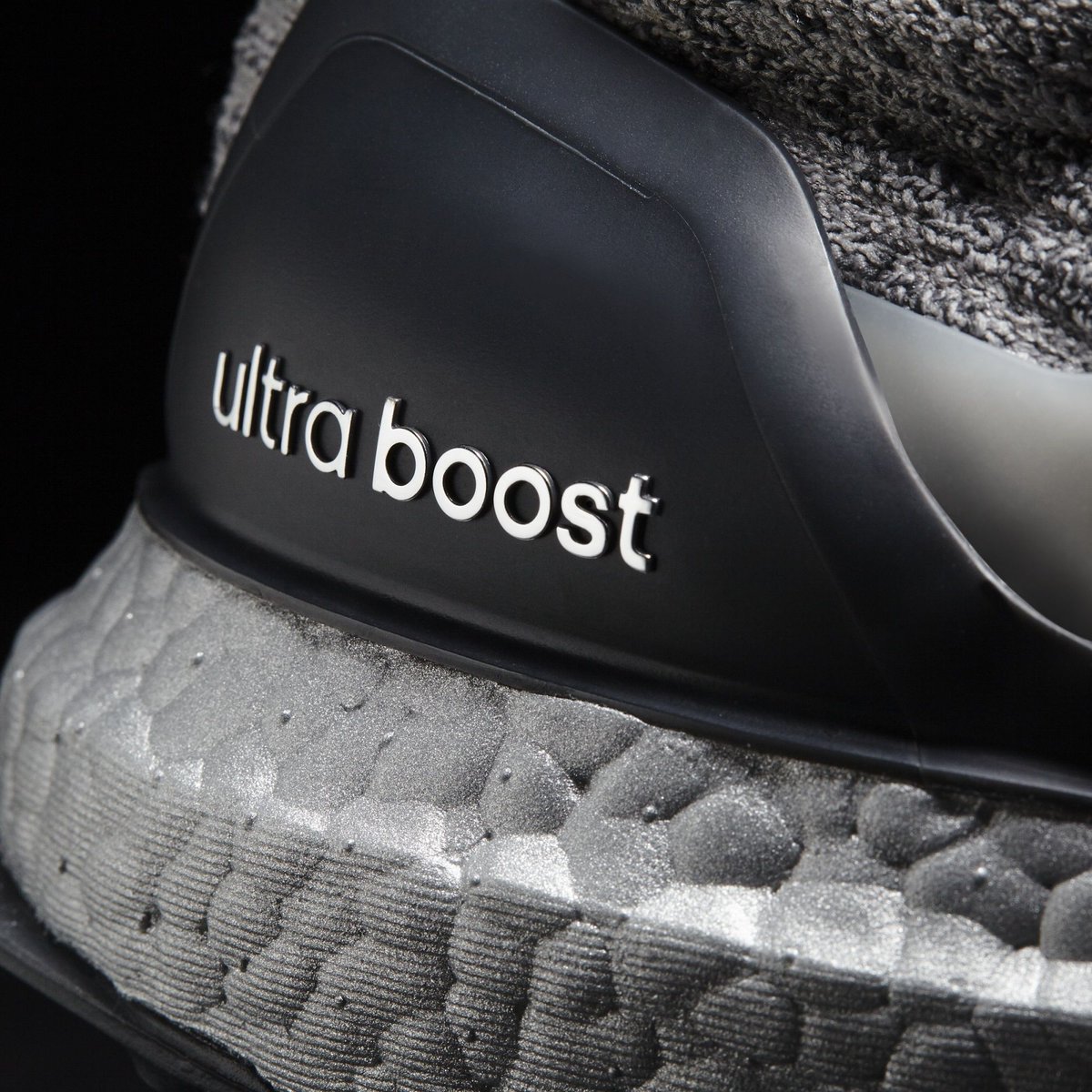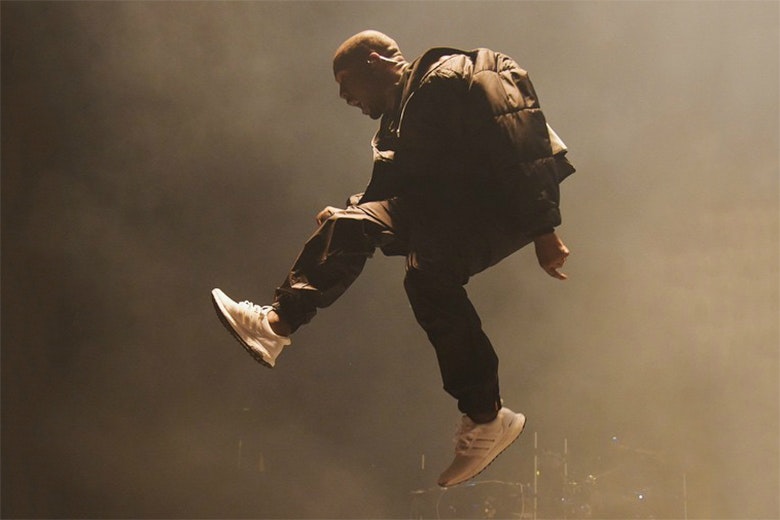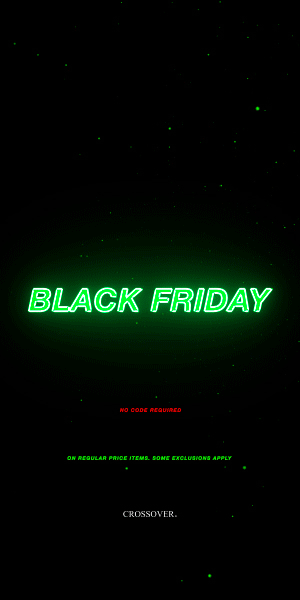We all remember BOOST. The TPU bubble that provides class leading cushioning and rebound, the technology that was a Red Dot award winner, and subsequently, the darling in any sneaker collection. BOOST had truly taken over the sneaker world with the introduction of the Ultraboost, NMD, and preceding that, the Energy BOOST during its heyday back in 2015 all the way to the early 2017s. It also paved the way for some of the most highly sought after collaborations from almost every retailer imaginable, and catapulted Adidas into the number 1 spot, side stepping Jordan Brand in 2nd place.
It’s a different story now though. The scene is now back into retro sneakers, with Jordan releasing archive versions of its Air Jordan shoes, even bringing Tinker Hatfield’s prototype sketches to life, and Nike reviving models and giving them a breath of fresh air from the Air Max catalog. Even PUMA has had a blast reigniting the Suede with numerous collabs including MAC Cosmetics and MCM. BOOST then, is nowhere to be seen in this day and age, almost as it has been dusted off by a giant sweeper, never to be seen again.
We have to ask exactly. How did the giant get slain by the very thing it sought to surpass?

Let’s talk about the origins of the tech, first and foremost: It’s not Adidas’ proprietary technology. The TPU pellets that make up the midsole of every BOOST shoe in existence are actually manufactured by BASF (Badische Anilin & Soda-Fabrik) in Germany, one of the largest chemical manufacturers in the world. Adidas merely bought the license to the technology and brought it over into the world of footwear. The BOOST gets its unique shape from fusing hundreds of pellets together – rather than just one big slab of foam or TPU doing the bulk of the absorbing, the smaller pellets allow for a more reactive cushioning as they are individually compressed and rebounded much more instantaneously than one big piece. The pellets too don’t lose compression over time, unlike EVA built midsoles, which are more susceptible temperature changes and lose its rebound effect overtime.
Initially, the product didn’t really sell well. In fact most of the new wave of BOOST fans know about the tech through the NMD, and subsequently the Ultraboost, but many back then didn’t know that it all originated from the Energy Boost, a trainer focused more towards performance rather than lifestyle. However, fashion forward heads took notice, and started to adopt the shoe slowly into their rotation. It wasn’t until when Kanye performed at a concert wearing triple white Ultraboosts that the whole scene practically went into meltdown and hunted for a pair to rock.

As a result, the triple white versions proceeded to sell out the next day after the concerts.
While the Ultraboost has its roots derived in performance, the NMD was a direct answer, and in some ways, an uncompounded sequel to the ailing Nike Roshe in the lifestyle segment. Crafted with high-end materials in Adidas’s catalog (one piece Primeknit construction and BOOST), the shoe arguably kickstarted the whole BOOST hype that lasted 2 years, spawning numerous high profile collabs from the likes of Hypebeast, High Snobiety, Solebox, Reigning Champ, Nice Kicks, Packer, MASTERMIND, BAPE, and A Ma Maniere across two models.
The flurry of collabs and hype surrounding the two, coupled with star power from the likes of Kanye and Pharrell immediately flooded the market with BOOST, and soon, oversaturated it. This sort of model works in the short term. You get a shit ton of money immediately, as you’re raking in the sales from whatever it is the factory spews, but over a long period of time, the risk of killing the silhouette increases, as well as significant damage to the brand itself. BOOST has now become too ubiquitous, and is beginning to be frowned upon as the market shifts back to the classics until the brand opens with another big invention. The hype train has pulled out of BOOST station, and Adidas have got some very big shoes to fill.
Though, they just might have another up its sleeve.

Enter the Futurecraft 4D, Adidas’ first foray into 3D printing. While it’s no industry secret that the Futurecraft retails for a bomb (approximately RM 1250) and resells for easily 4-5 times the price, there is undoubtedly a glimpse of hope for the brand as it looks out to step out of the hole it dug with BOOST. Yohji Yamamoto has already picked up on the tech and implemented it in its own designs, and reception from the masses are encouraging enough for Adidas to tease us with a General Release version.
To dismiss BOOST altogether is to dismiss a huge chunk of sneaker history altogether. The Adidas hype did managed to send shockwaves across the scene and toppled the long time king from its perch, taking its place on the top, albeit for a relatively short span of time. Although, the glaring problem here is that Adidas didn’t one-up the others by innovating new tech, it merely introduced an existing one into a market that has never seen it before, but if the brand plays it cards right, Futurecraft could prove to be the next foundation of stilts for the brand to stand on.









